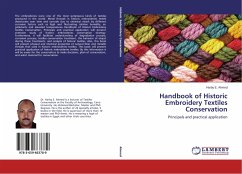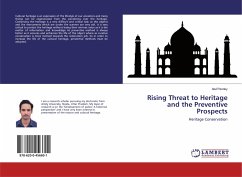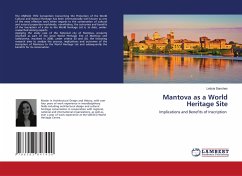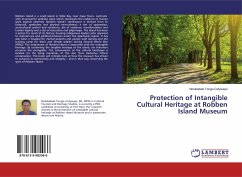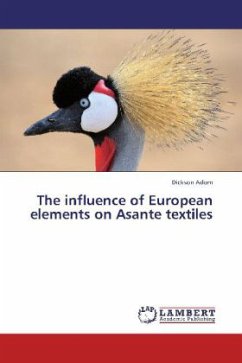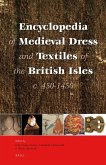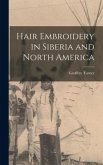The embroideries were one of the most sumptuous kinds of textiles produced in the world. Metal threads in historic embroideries textile deteriorate over time and corrode due to chemical attack by different corrosive factors such as high and fluctuating relative humidity, air pollutants and elevated temperatures. Handbook of Historic Embroidery Textiles Conservation, Principals and practical application will present extensive study of historic embroideries conservation strategy. Furthermore, it will facilitate understanding of degradation process, corrosion process, textiles conservation treatment, the behavior of object during these treatments, and analysis of historic textiles. Also, this book will present physical and chemical properties of natural fiber and metallic threads that used in historic embroideries textiles. This book will present practical application of historic embroideries textiles. By this information it will be easier for the conservators to make decisions, plain of conservation, and select material for conservation.

